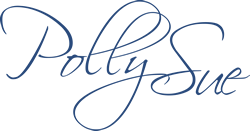Gap Year
Typically when we talk about a Gap Year we are talking about the break a young person takes between graduating from high school and entering higher education. The student might choose to travel, or volunteer, or learn a new language, or experience any number of opportunities for personal growth. In other words, it’s a time to explore what you want to be when you grow up.
I’m coming to the close of my gap year. I have spent this year learning about who I am as an educator, who I want to be as an educator, and what steps I need to be successful in that endeavor. It hasn’t been an easy undertaking, but the hard is what has made it great.
In a previous post I talked about feeling burned out from teaching and a desire to spend more time with my ailing father. I didn’t have another job lined up, and I wasn’t really sure what I was going to do with my time, but then a former colleague reached out to ask if I would be interested in helping her launch a new initiative: The Diamond Regional Institute for the Fine Arts & Sciences. She needed someone to develop and manage the curriculum needs of 16 individual students ranging in age from 8 to 17. I would be responsible for planning and developing the scope and sequence for content area coursework, personalized learning plans, and portfolio assessments. Oh, and delivering 1:1 instruction for same. Easy, right?
No. It isn’t easy — but the hard is what makes it great. I am reminded daily why I wanted to be a teacher, why I love working with young people, and my passion for education has been restored. The Diamond is an independent school for students with an interest and talent in the fine and related arts — we aim to become for creatives what vocational schools have become for tech. We piloted a personalized learning 1:1 standards based learning model. Students receive direct instruction via an online IDS and daily creative instruction in the “art” of their choice. Standards are assessed and measured in a portfolio model and with tracking software from Mastery Connect. Specialized instruction is offered through sub-contractors and service providers. We have equine studies and yoga and pottery and dance and paint and environmental science and more. We take a lot of field trips. We do a lot of experiential learning. It is an awesome concept, and an awesome undertaking. I am responsible for measuring and tracking standards for 16 students from 3rd grade to 11th grade for all core content areas: phonics to calculus. Students will submit a capstone project at the end of the year incorporating the things they have learned this year.
What did I learn? I learned that students are capable of more than we think; that they are more willing than we think; that they will think deeply and more critically when they have the freedom to discover and learn in a way that that is personally meaningful to them. Students will stick with a topic until they have exhausted their interest. Learning becomes the constant and time becomes the variable. I have also learned that this model is not right for everyone. For every student who cannot sit still and face forward in rows and does not fit in a box, there is another who can not function without restrictions and a box. In this model, students need to be highly motivated, able to sustain attention, are able to work independently and manage time and prioritize tasks, are well-mannered and cooperative. Above all, the ideal student is curious and values education.
Do I have regrets? Not a one. I was ready to give up on the profession and now my faith has been restored. I miss my classroom and my students and some of the structure, but I don’t miss the constraints and the pressure to attain unrealistic standards on a State test. I love that I know who my students are as people: what they love, who they want to be, what their dreams and fears are, what they struggle with, and how hard they work to be successful. (I have also learned some things about myself as a classroom manager from the opportunities I’ve had to sub — see previous post). Most importantly, I’ve learned that I love curriculum design and using data to INFORM instruction. Everything we do is driven by teaching and learning.
This gap has been totally worth it. I can’t measure the benefit of this break, but I can say that I have more space in my head to reflect and my mind can better work through all the things that my life had restricted me from exploring. I’m happier, that’s for sure.




Recent Comments